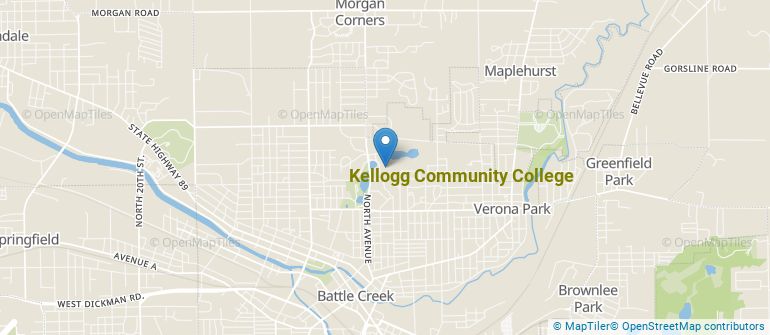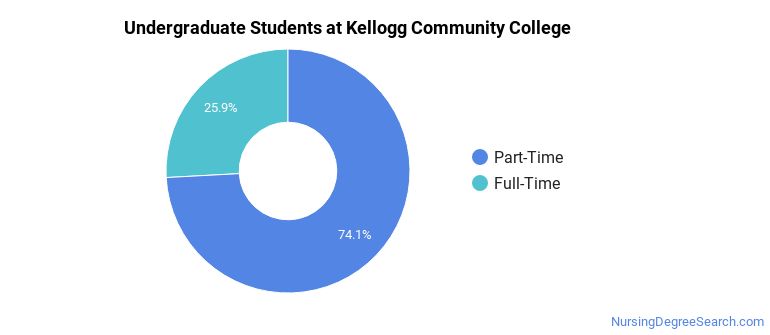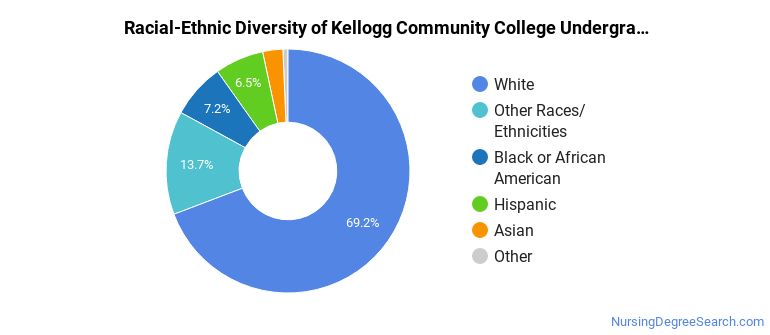Kellogg Community College Nursing Programs
Located in Battle Creek, Michigan, Kellogg Community College is a public institution. Battle Creek is a great location for students who prefer city over country life.
Where Is Kellogg Community College?

Contact details for Kellogg Community College are given below.
| Contact Details | |
|---|---|
| Address: | 450 North Ave, Battle Creek, MI 49017-3397 |
| Phone: | 269-965-3931 |
| Website: | www.kellogg.edu |
How Do I Get Into Kellogg Community College?
You can apply to Kellogg Community College online at: https://apply.kellogg.edu/
Can I Afford Kellogg Community College?
Student Loan Debt
While almost two-thirds of students nationwide take out loans to pay for college, the percentage may be quite different for the school you plan on attending. At Kellogg Community College, approximately 12% of students took out student loans averaging $5,490 a year. That adds up to $21,960 over four years for those students.
Kellogg Community College Undergraduate Student Diversity

Gender Diversity
Of the 897 full-time undergraduates at Kellogg Community College, 37% are male and 63% are female.

Racial-Ethnic Diversity
The racial-ethnic breakdown of Kellogg Community College students is as follows.

| Race/Ethnicity | Number of Grads |
|---|---|
| Asian | 24 |
| Black or African American | 65 |
| Hispanic or Latino | 58 |
| White | 621 |
| International Students | 6 |
| Other Races/Ethnicities | 123 |
Over 6 countries are represented at Kellogg Community College. The most popular countries sending students to the school are Myanmar/Burma, India, and United Kingdom.
Kellogg Community College Nursing Concentrations
The table below shows the number of awards for each concentration.
| Major | Associate’s | Undergraduate Certificate | TOTAL |
|---|---|---|---|
| Licensed Practical/Vocational Nurse Training | 0 | 135 | 135 |
| Registered Nursing | 118 | 0 | 118 |
| TOTAL | 118 | 135 | 253 |
References
*The racial-ethnic minorities count is calculated by taking the total number of students and subtracting white students, international students, and students whose race/ethnicity was unknown. This number is then divided by the total number of students at the school to obtain the racial-ethnic minorities percentage.
More about our data sources and methodologies.
